Search for information
Top Ten Russian DelicaciesBorscht, also known as red cabbage soup, is a thick soup originating from Ukraine. It is a widely spread dish in Eastern Europe and is one of the world's three most famous soups. The term "borscht" is a transliteration of the English word "Russian". In the early 20th century, many Russians lived in Shanghai, and borscht was brought to China. Borscht is one of the most famous and beloved dishes in Russia and a symbol of traditional cuisine. It is made with beetroot as the main ingredient, along with potatoes, carrots, spinach, beef chunks, and cream. It has a reddish color, which is why it is a
May 13, 2025, 1:34 pm EDT
Top Ten Russian Delicacies
1. Borscht
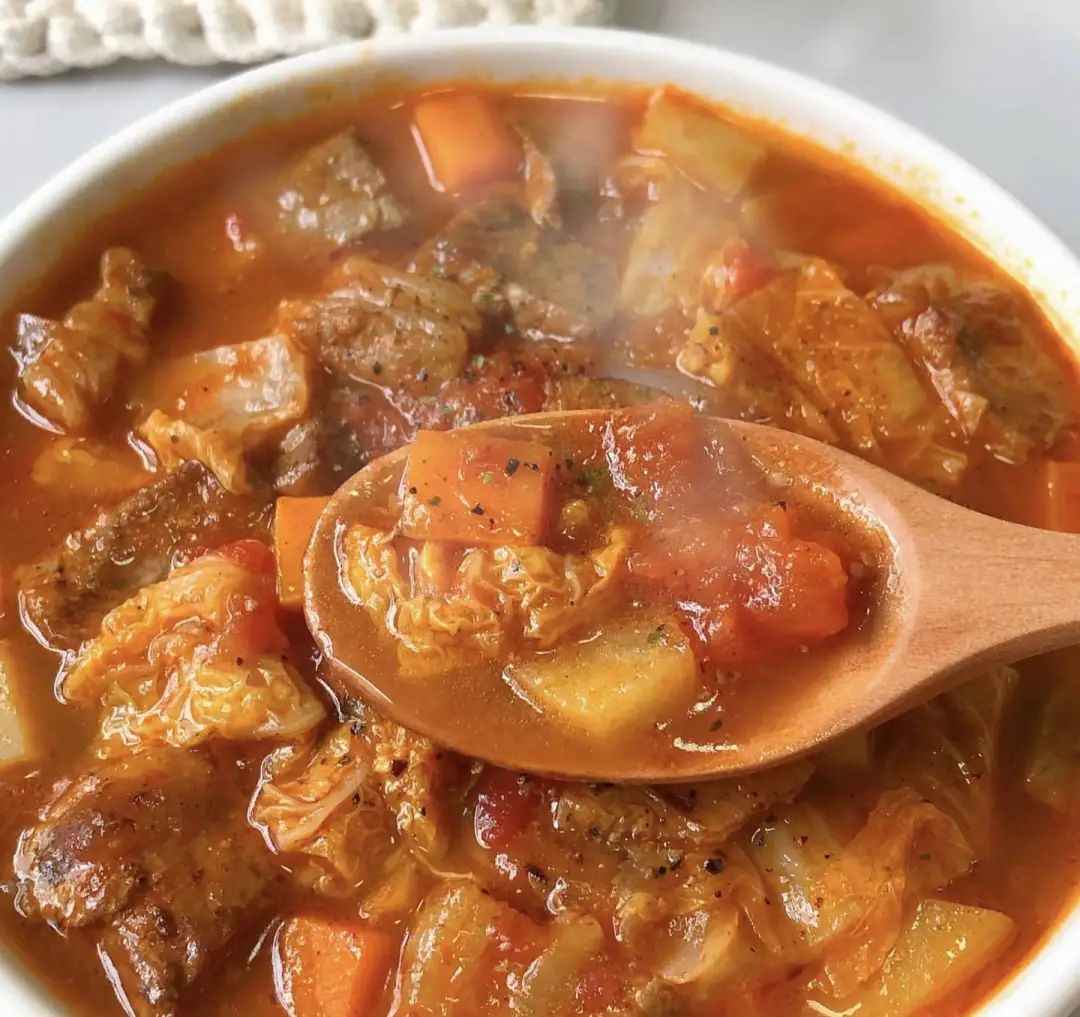
2. Caviar
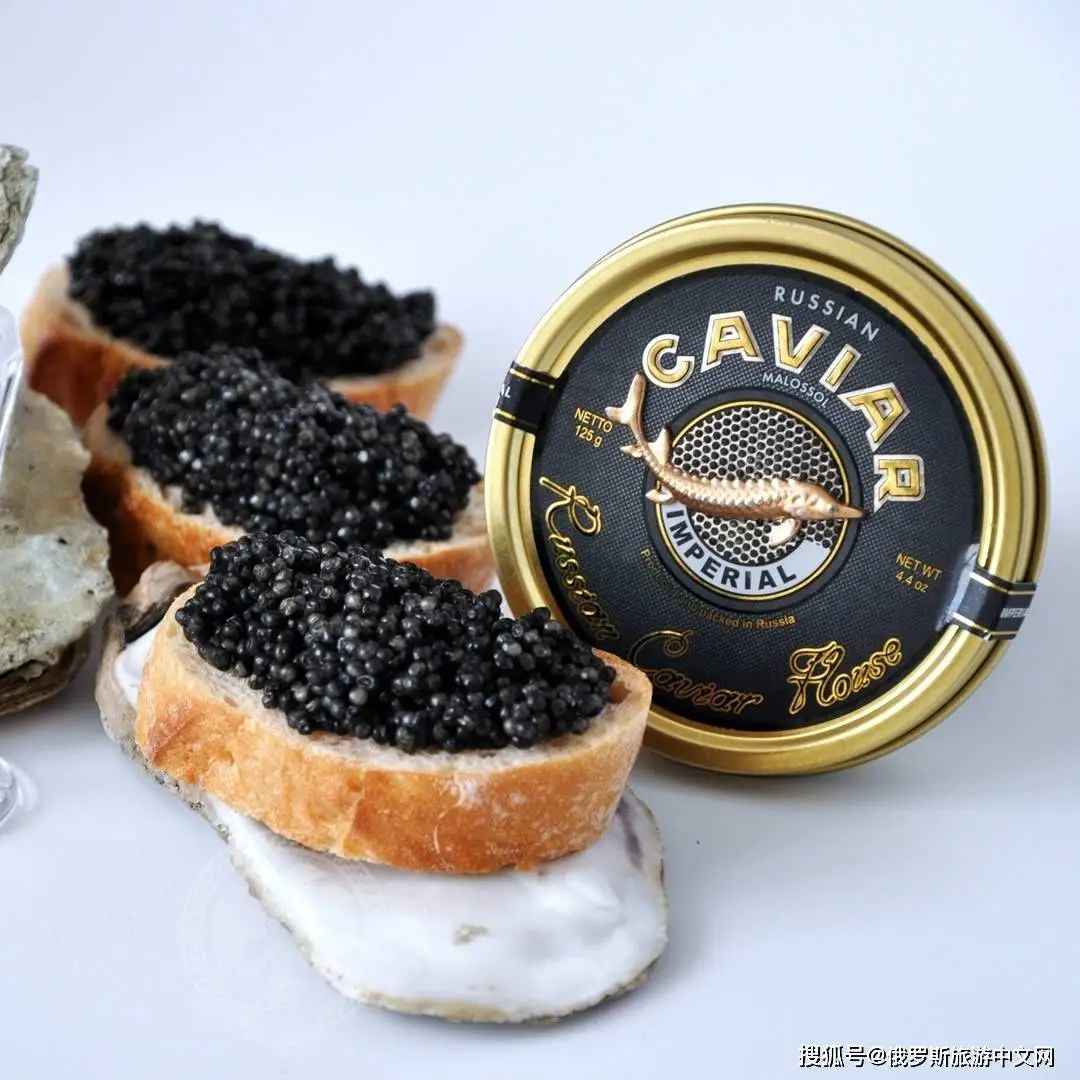
3. Borodinsky Bread
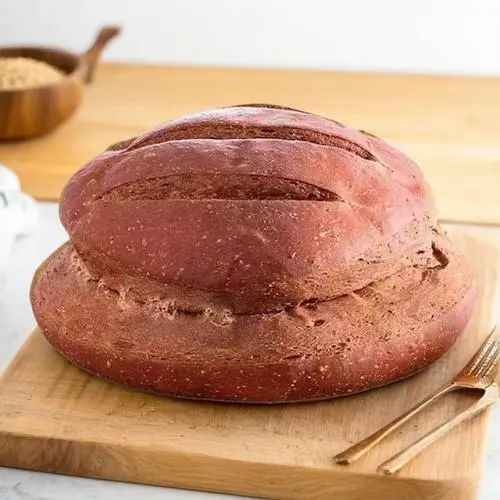
4. Vodka
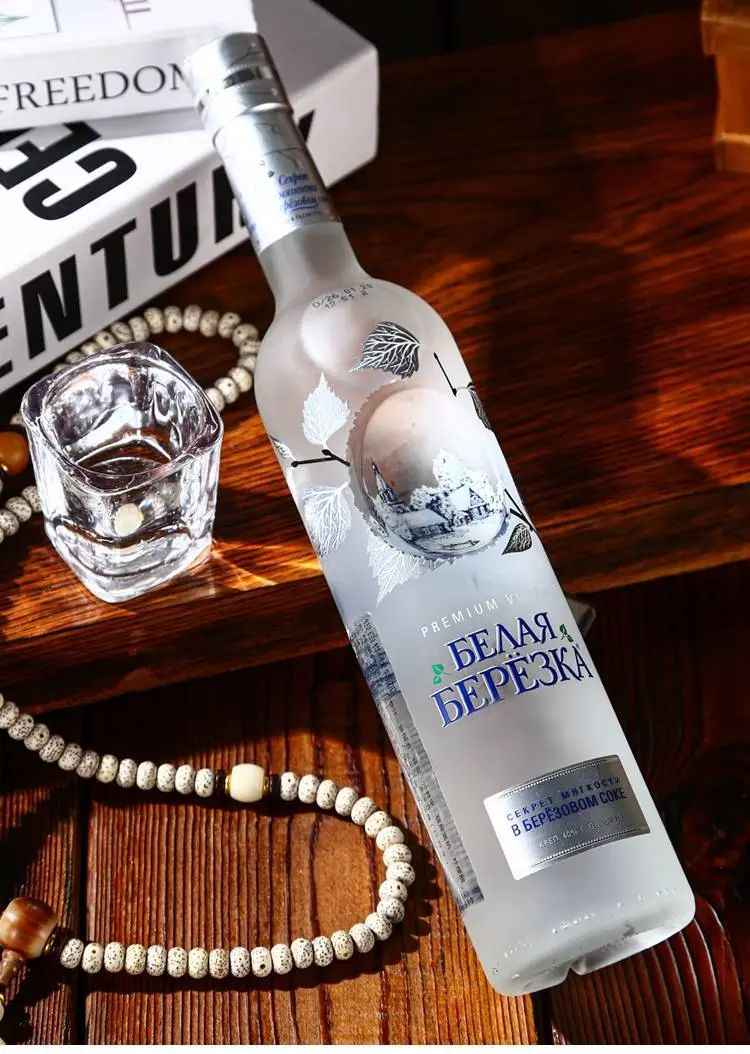
5. Russian Dumplings

6. Red King Crab
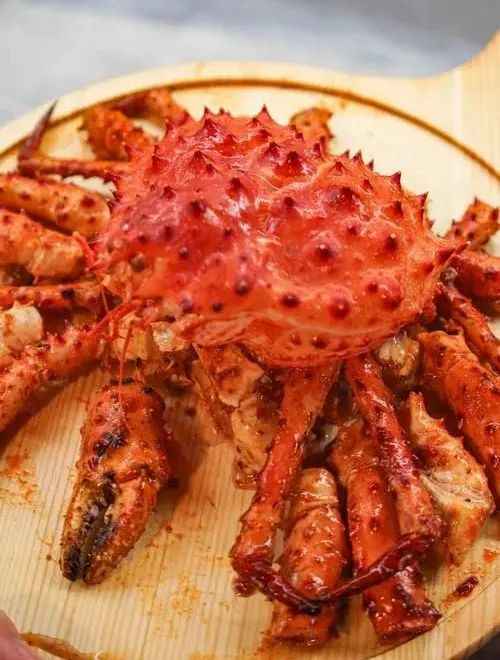
7. Russian Cereal Porridge
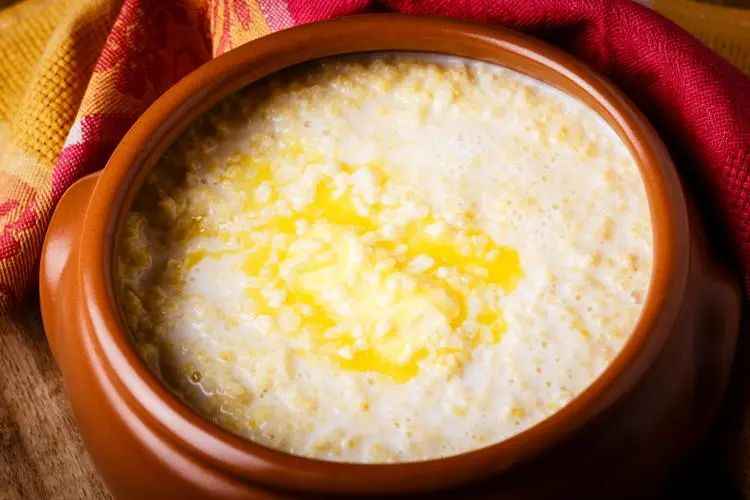
8. Purple-Foil Wrapped Filled Candy

9. Marshmallow (Zefir)
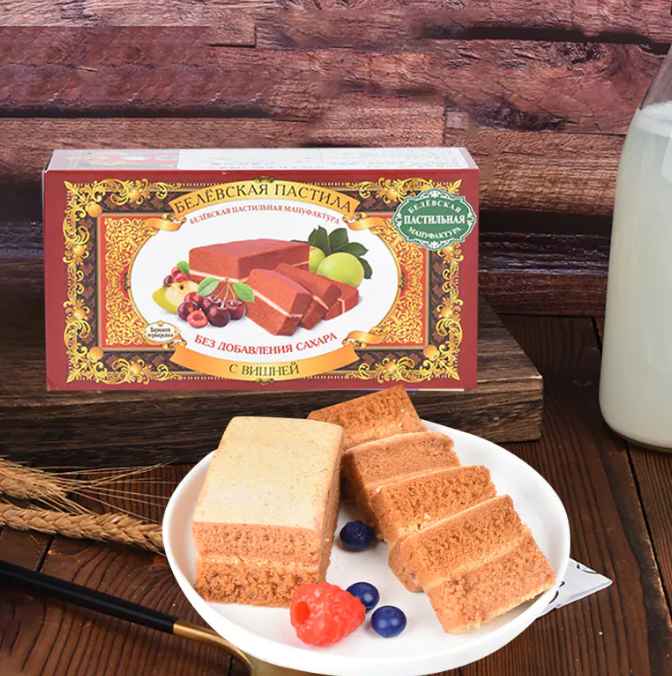
10. Kvass

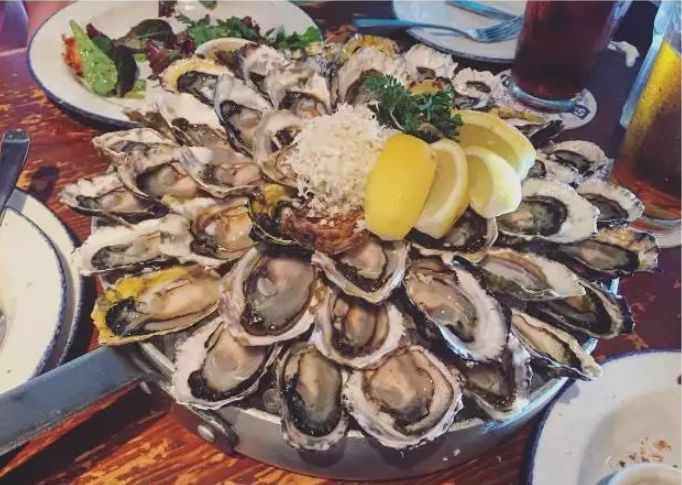
Vancouver: Beyond the Stunning Scenery, There's a World of Affordable Delights!
Vancouver: Beyond the Stunning Scenery, There's a World of Affordable Delights!more

Nintendo Switch 2 confirms support for optical tracking, DLSS
Nintendo Switch 2 confirms support for optical tracking, DLSSmore

"Lunar: The Silver Star Collection Remake" Trailer Unveiled, Set to Release on April 18th
The highly - anticipated "Lunar: The Silver Star Collection Remake" has had its promotional trailer released, with the game slated for release on April 18th. This remake is based on the original masterpieces "LUNAR: Silver Star Story" and "LUNAR: Eternal Blue" developed by GAME ARTS. The revamped classic collection not only retains the original charm of the two games but also adds various new features and improvements.more

Canadian Night Market! In-depth views of the falls and fireworks
Canadian Night Market! In-depth views of the falls and fireworksmore

Netflix Preparing for the Reboot of Stephen King's Cujo
It is reported that Netflix is currently preparing for the reboot of Stephen King's classic work, Cujo. This is a horror story about a mother and son who are trapped in a car and try to protect themselves from the attack of a rabid dog.more

Quantum Computing: Harnessing Subatomic Marvels for a New Era of Computing
Quantum Computing: Harnessing Subatomic Marvels for a New Era of Computingmore

Botswana Golden Grand Prix 2026 to Be Upgraded as Precursor to World Relays
Botswana Golden Grand Prix 2026 to Be Upgraded as Precursor to World Relaysmore

"Hyrule Warriors: Age of Imprisonment" to Debut on Nintendo Switch 2 This Winter
In the recent Nintendo Direct for the Switch 2, it was officially announced that "Hyrule Warriors: Age of Imprisonment", a new installment in "The Legend of Zelda" series, is set to be released on the Nintendo Switch 2 this winter. This announcement has brought great excitement to Zelda fans and gaming enthusiasts worldwide.more

